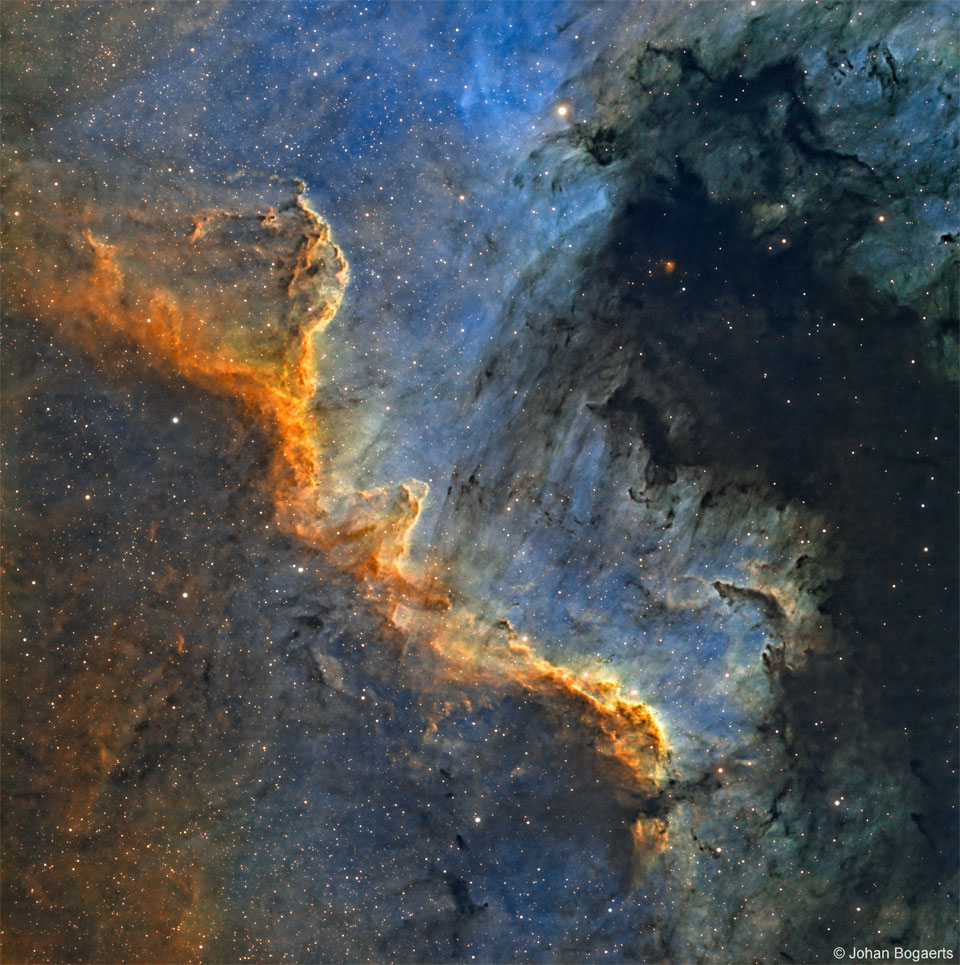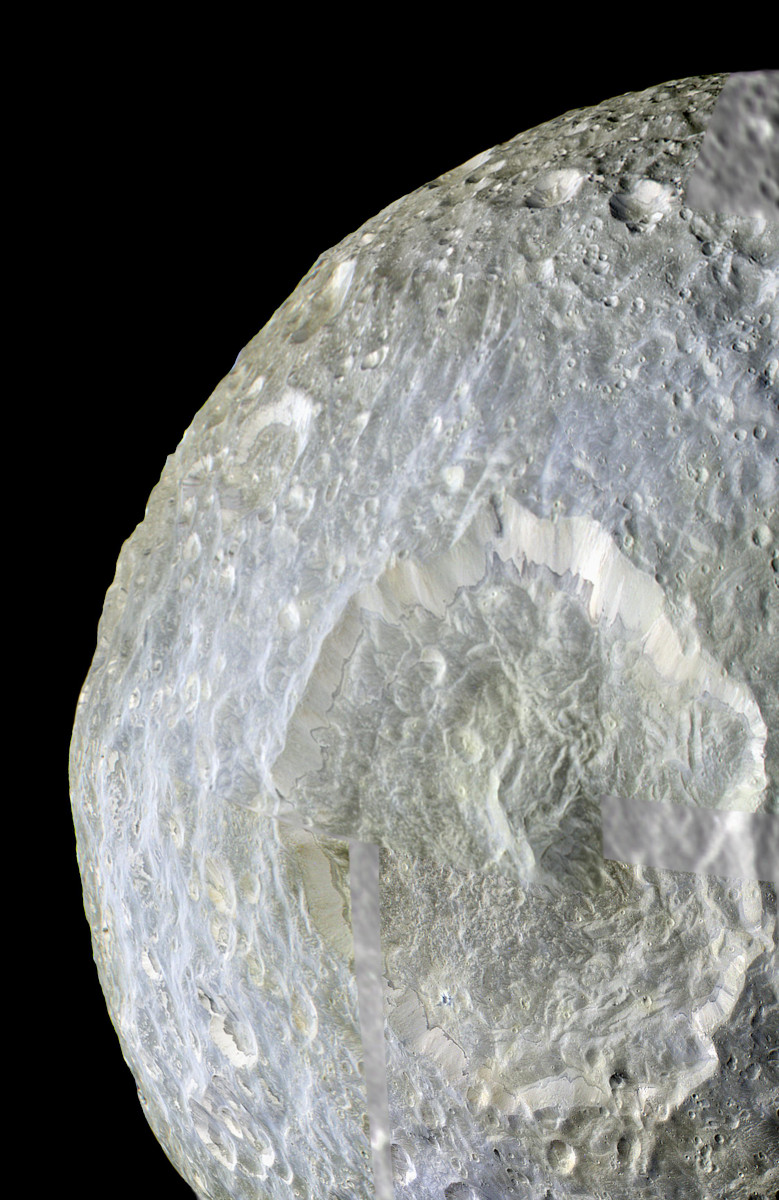안녕하세요, 잡학다식 입니다. 오늘은 과연 나사에서 어떤 방식으로 우주의 형상을 표현해 줄까요?
우선 이미지부터 볼 수 있도록 하겠습니다

해당 사진의 이름은 The Cygnus Wall of Star Formation 인데요 우선 NASA에서 공식적으로 발표한 설명들을 확인해 보겠습니다
The North America nebula on the sky can do what the North America continent on Earth cannot -- form stars. Specifically, in analogy to the Earth-confined continent, the bright part that appears as Central America and Mexico is actually a hot bed of gas, dust, and newly formed stars known as the Cygnus Wall. The featured image shows the star forming wall lit and eroded by bright young stars, and partly hidden by the dark dust they have created. The part of the North America nebula (NGC 7000) shown spans about 15 light years and lies about 1,500 light years away toward the constellation of the Swan (Cygnus).
이번에도 광활한 우주 앞에 인간이 얼마나 작은 존재인지 다시 한번 알게 되는것 같습니다
저는 내일도 더 좋은 사진과 함께 돌아오겠습니다, 그럼 행목한 하루 되시길 바랍니다
'과학상식' 카테고리의 다른 글
| NASA 나사의 오늘의 이미지들 (2022-08-17) (0) | 2022.08.18 |
|---|---|
| NASA 나사의 오늘의 이미지들 (2022-08-16) (0) | 2022.08.17 |
| NASA 나사의 오늘의 이미지들 (2022-08-14) (0) | 2022.08.15 |
| NASA 나사의 오늘의 이미지들 (2022-08-13) (0) | 2022.08.14 |
| NASA 나사의 오늘의 이미지들 (2022-08-12) (0) | 2022.08.13 |
